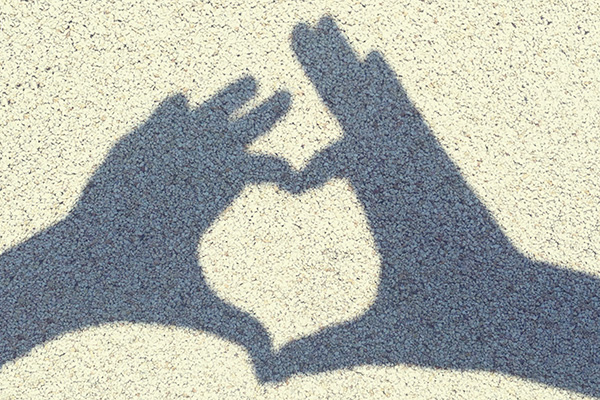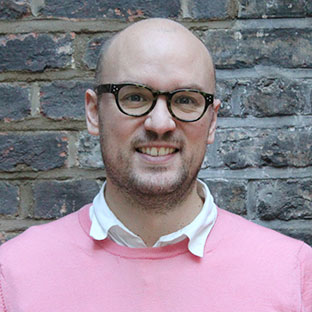Earlier this week, the Prime Minister’s speech on life chances put cultural organisations’ relationships with disadvantaged young people centre stage, as a central tenet of the government’s efforts to improve equality of opportunity. While it remains to be seen what the new ‘cultural citizens programme’ to engage the disengaged will look like, it’s likely to emphasise the value of partnerships between cultural organisations and schools. But how do we make sure that these partnerships fulfil their potential for impact?

David Cameron’s call to make sure that the ‘creativity and ingenuity of those who work in the arts’ is applied to the problem of cultural disenfranchisement follows the recent challenge from the Arts Council to improve partnerships with education. The concept is by no means in its infancy and there’s a lot of advice, guidance and reporting about how to do it well. However, recent research reveals that there is sufficient variance in how cultural organisations use the term ‘partnership’ to make it difficult to establish a useful shared definition, never mind criteria for success. And that’s even before you ask the schools what they think it means…
With the goal of greater clarity in mind and in this era of slimmed-down curricula, it seemed entirely appropriate to set out three ‘Rs’ for successful partnership working between cultural organisations and schools.
Successful cultural education partnerships are:
RESPONSIVE REAL RELIABLE
I’ll explain these below, but *WARNING*: These aren’t definitive or exhaustive and I’d welcome your thoughts and additions.
RESPONSIVE
Partnerships are based on mutual, equitable benefit for all partners and should be co-designed to achieve that. However, successful school/cultural sector partnerships must prioritise their responsiveness to the needs of and desired outcomes for the school.
- Schools need to be certain about what they need from cultural partners and clear about how they might help bring about change in the school. Partnerships should be built into school improvement plans and objectives for pupil premium students, SMSC and attainment.
- Artists need to get excited about and understand how their way of working can be a useful tool to make change happen. This doesn’t mean that artists have to sacrifice their agency, autonomy or artistry, it doesn’t even mean that they can’t be radical, opposed to summative assessment, league tables or the Ebacc, but it does require a bit more design thinking in how to put skills and outside perspective to use.
- Partnership and pedagogy are more important than promotion of the other products cultural organisations have on offer: if a school is only welcome when students are studying the play you’ve got on or if they’re buying a ticket for your exhibition, you might not have such a long relationship. Longer relationships and better shared knowledge make responsiveness to need more feasible.
REAL
Partnerships should take advantage of the opportunity to make ‘horizontal connections’ between learning in school and real world contexts. They should also recognise that teachers can learn as much from each other as they can from professional artists/ cultural educators.
- Children (and teachers) should be at the heart of things when they work with cultural partners. Connections should be made between the work children create and the real world places where people get excited about art and culture. They should be on the real stages, their work should really be on the walls of real galleries.
- Make use of local people and places. Cultural learning that’s rooted in the local community helps build a sense of connection to place on both a personal level (‘where am I from?’ ‘what’s my cultural heritage?’) and a practical one (cost and replicability).
- Artists and arts educators are part of that real world context. Let’s see more artists and creative professionals on school governing bodies and helping to establish the role of ‘link’ governor for creativity and culture.
- Artists and educators can provide a model for facilitating collaboration between teachers and schools that can be just as powerful as anything else they do. Partnerships can help teachers learn from each other, as well as from the cultural sector professionals.
RELIABLE
Transparency and trust between partners is essential and requires commitment (including from senior leadership), shared accountability, and shared measures of success. The reliability of cultural interventions to deliver educational outcomes is contested, so the paucity of good evidence needs to be remedied.
- Partnerships should target disadvantaged and disengaged students, be outcomes driven, rooted in evidence and gather new evidence as they go. This isn’t just about looking for success, but attempting to understand both success and failure to achieve desired outcomes. It needs the collaborative efforts of both teachers and arts practitioners. There are a lot of accessible frameworks for strengthening your project design in this regard: the RSA’s Research Rich Schools has advice for teachers and cultural organisations can take a look at Project Oracle or Youth Music’s Outcomes Framework for examples.
- Cultural education partnerships should build on learning that happens in schools with teachers, they shouldn’t occur in a vacuum, but in the context of specialist-taught subjects. They shouldn’t seek, or serve, to replace them.
- Schools find it difficult to know whether individual practitioners are going to be competent and there’s a need for clearer accreditation and validation techniques. Cultural educators should look at the Creativity, Culture and Education self-assessment tool for practitioners to reflect on and analyse current competencies and set a self-development plan.
To do all this effectively needs something that we don’t yet have: a consensus on why schools and cultural organisations think it’s a good idea to work together in the first place. It’s only through shared objectives that partners will be able to ask difficult questions of each other and continue to improve practice. Head teachers need to be thinking about partnerships as opportunities for teacher and school development not just as high-profile emblems of cultural engagement. Cultural partners need to be bold in offering not just projects and experiences, but creating relationships help schools’ and students’ development and that put them in a position to challenge inadequate provision where they see it.
My colleague Joe Hallgarten recently framed a question that is at the nub of it: ‘What does a culturally literate, design educated 19 year old look like?’, arguing that
“If we can create a reasonable consensus around this question, we can then mobilise everyone – education, industry, arts organisations and civil society, to support a common entitlement for all young people to continue their learning and experiences of arts and design until the age of 19, regardless of the qualifications they choose, and committing to using their resources to support this ambition.”
Answering this question will support understanding between cultural practitioners and teachers about why they are working together at all. More importantly, it will help ensure that they support each other better to ensure that all children get an equal opportunity to experience the cultural and creative education they deserve.
Related articles
-
Getting clever with culture
Mark Londesborough
RSA Creative Learning Programme Manager Mark Londesborough looks forward to a new, government-supported programme of randomised control trials to test the impact of cultural learning on attainment in school.


Be the first to write a comment
Comments
Please login to post a comment or reply
Don't have an account? Click here to register.